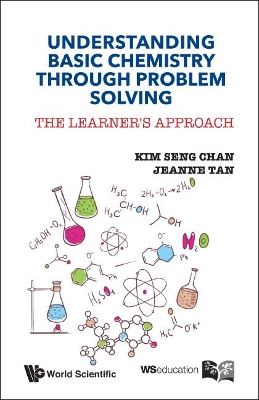Written for students taking either the University of Cambridge O-level examinations or the GCSE examinations, this guidebook covers essential topics and concepts under stipulated chemistry syllabi. The topics are explored through an explanatory and inquiry-based approach. They are interrelated and easy to understand, with succinct explanations/examples being included, especially on areas that students frequently find difficult. Topics address the whys and hows behind key concepts to be mastered, so that the concepts are made understandable and intuitive for students. The focus is on conceptual learning so as to equip students with knowledge for critical learning and problem solving.The authors have also retained the popular discourse feature from their previous four books — Understanding Advanced Physical Inorganic Chemistry, Understanding Advanced Organic and Analytical Chemistry, Understanding Advanced Chemistry Through Problem Solving, and Understanding Basic Chemistry — to help the learners better understand and see for themselves, how the concepts should be applied during problems solving. Based on the Socratic Method, questions are implanted throughout the book to help facilitate the reader's development in forming logical conclusions of concepts and the way they are being applied to explain the problems. In addition, the authors have also included important summaries and concept maps to help the learners to recall, remember, reinforce and apply the fundamental chemical concepts in a simple way.Through their many years of teaching experiences, the authors have acquired a sound awareness of common students' misconceptions which are relayed through the questions and thus help to reinforce concepts learnt. This book is essential and useful to help students adequately prepare for the high-stake examinations.
- ISBN13 9789814641180
- Publish Date 30 January 2015
- Publish Status Active
- Publish Country SG
- Imprint World Scientific Publishing Co Pte Ltd
- Format Paperback
- Pages 468
- Language English
- URL https://worldscientific.com/worldscibooks/10.1142/9415
